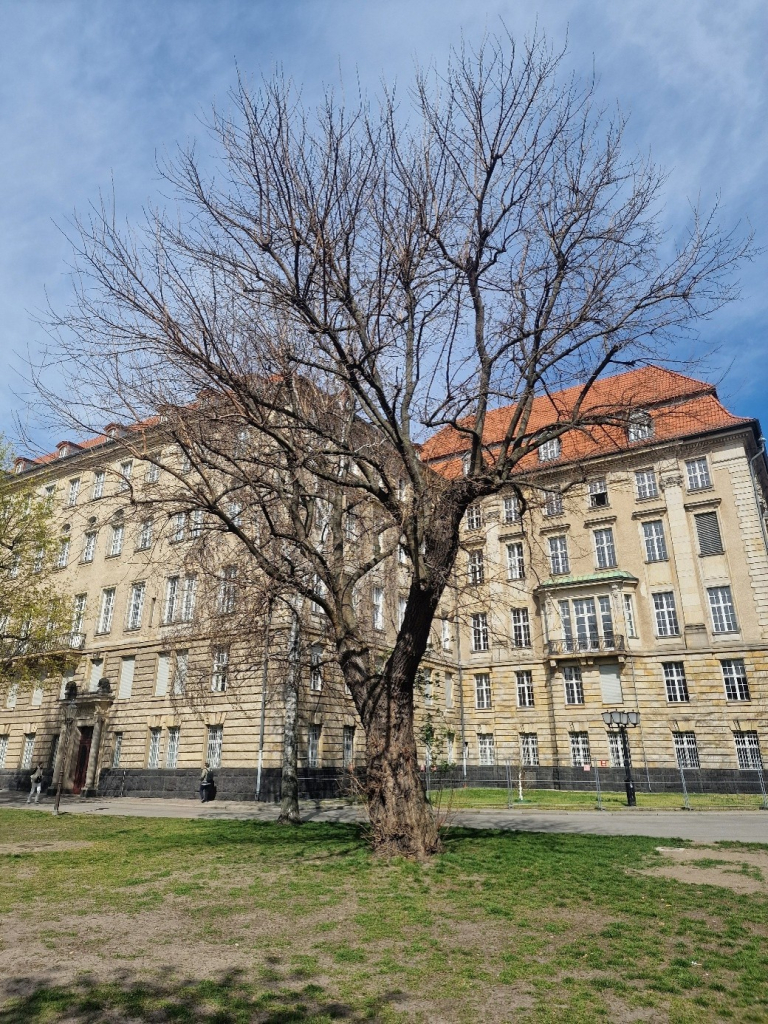Authors: Andreja Urbanek Krajnc and Ines Rönnefahrt
Photographic material: Andreja Urbanek Krajnc and Ines Rönnefahrt
Initiative Zernikow e.V. (registered non-profit association), web page: https://www.initiative-zernikow.de/
Mulberry (Morus) trees hold a unique place in Germany’s historical tapestry. They were extensively planted in the 18th century, encouraged by royal decrees to support the silk industry through silkworm rearing. In many places, plantations of the white mulberry tree (Morus alba) were established as a food source for silkworms. Mulberry trees were often planted in schoolyards, churchyards and along roadsides or even larger plantations were established. Some of these old trees have survived the passage of time and serve as reminders of the cultural heritage of sericulture. Local place names or even buildings that were used for silkworm rearing or for processing silk also recall the history of silk production in Europe. Museums and research institutes preserve this knowledge and even in Germany, a few silk weaving workshops still remain. Efforts to conserve the mulberry trees in Germany, such as the Zernikow Initiative, which focuses on the conservation of mulberry trees and the broader narrative of mulberry silk production, have been made over recent years.
In April, I had the honour of spending a few days in Berlin, where I met Dr. Ines Rönnefahrt, a senior scientist specialized in environmental chemistry and interested in mulberries and silk. Ines has lived with her family since 1990 in Burow, a small Prussian colonist village founded in 1753. Inspired by the historic mulberry alley connecting Zernikow and her village, she became actively involved in the Initiative Zernikow e.V., established in 1992, by Achim Erwin von Arnim. He was a descendant of the Arnim family who owned the Zernikow estate until 1945. She later took on the role of coordinator of the Initiative for many years. The Zernikow Initiative aims to preserve and revitalize the cultural and natural heritage of Zernikow and its surrounding areas. The non-profit association focuses on restoring historically significant buildings, protecting the landscape, and promoting cultural activities. Notably, it maintains exhibitions on Achim von Arnim’s life (the famous writer of the romantic period, 1781-1831) and the history of silk production in the region, reflecting the area’s rich cultural tapestry.
Ines kindly offered her support for conducting a field inventory of historic white mulberry trees, originally planted during the golden era of Prussian silk production in the mid 18th century. Our collaboration stems from our initial meeting at the 2023 BASCA Conference in Soufli, Greece, where Ines presented Zernikow’s efforts to preserve its historic mulberry alley.
Ines compiled a list of mulberry locations in Berlin and surroundings from the register of monumental trees and we visited several historically significant sites where ancient mulberry trees, many dating back to the regency of Friedrich II, king of Prussia, still stand as living monuments of former sericultural activity.
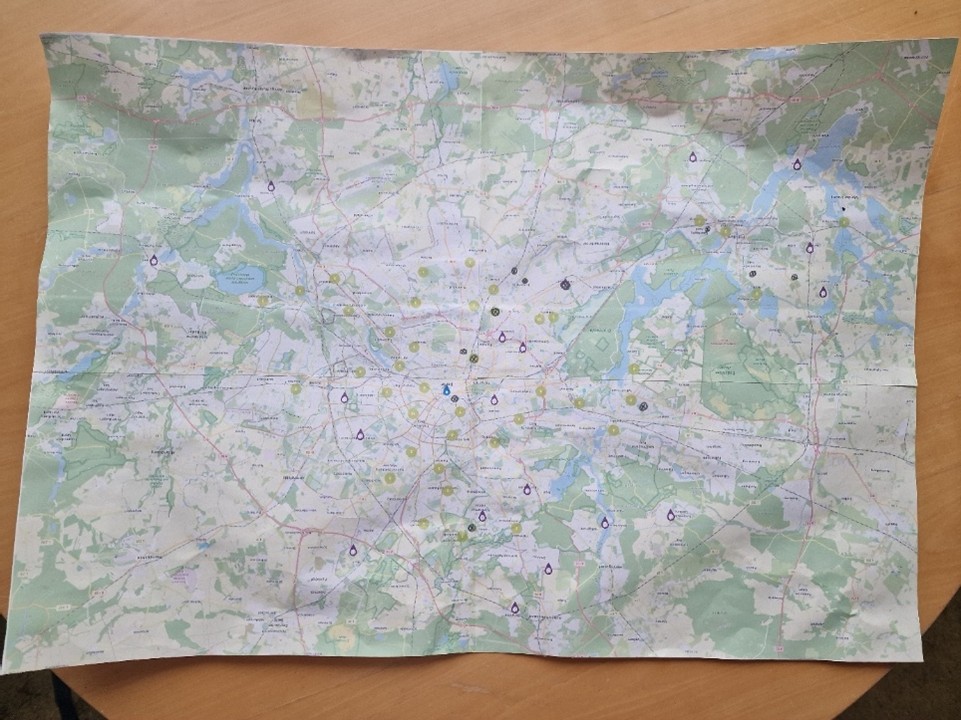
Figure 1: The map printed out by Ines with mulberry locations marked. Visual observations of individual mulberry trees were recorded via the MorusAPP (https://morusapp.aracneproject.eu/login) and propagation material was taken for further study and conservation measures.
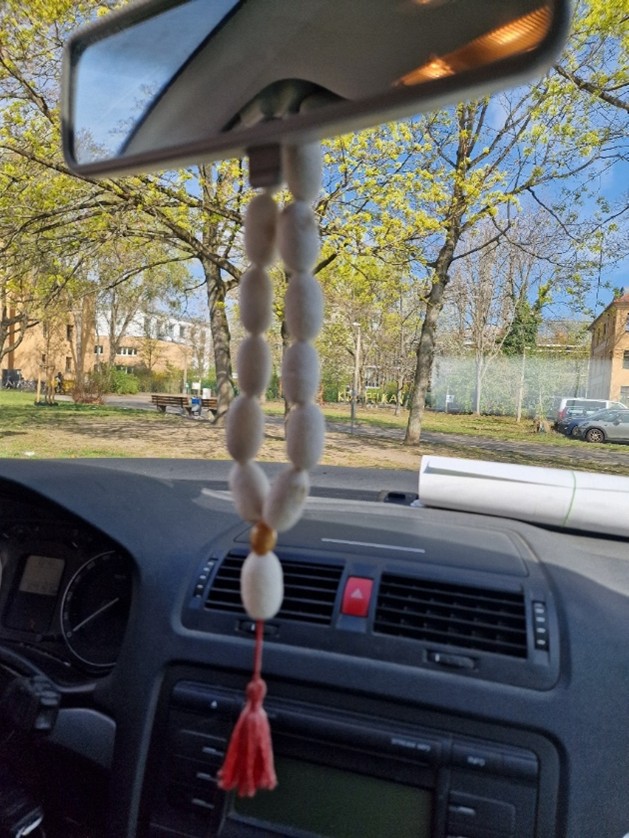
Figure 2: Our mission was accompanied by a cocoon string obtained as good luck souvenir during the BASCA conference in Soufli. In folk tradition, it symbolizes prosperity, patience, and transformation, reflecting the life cycle of the silkworm.
Among the most impressive sites were three majestic mulberry trees in the cemetery of the old village church in Berlin-Zehlendorf, right next to the museum of local history (Heimatmuseum), which is housed in the building of the former school. It is not clear when they were planted. There are historic files recording that in 1759 there were only three mulberry trees left in the churchyard after the Seven Years’ War. Are they identical to the three trees still standing there today? The only certainty is that there were mulberries in the churchyard in 1794. Their leaves were used by the Zehlendorf sexton and teacher at the time, Ernst Ferdinand Schäde, for his silkworm rearing. Schäde was in the service of the parish from 1794 to 1854. His and his wife’s grave cross stands in the churchyard near the mulberry trees. These trees, each up to 420 cm in circumference, are not only botanical marvels but also silent witnesses to a time when sericulture was promoted throughout Prussia to support a domestic silk industry. The preservation of these trees through careful arboricultural measures shows how important it is to preserve monumental trees that form a bridge between industrial histories.
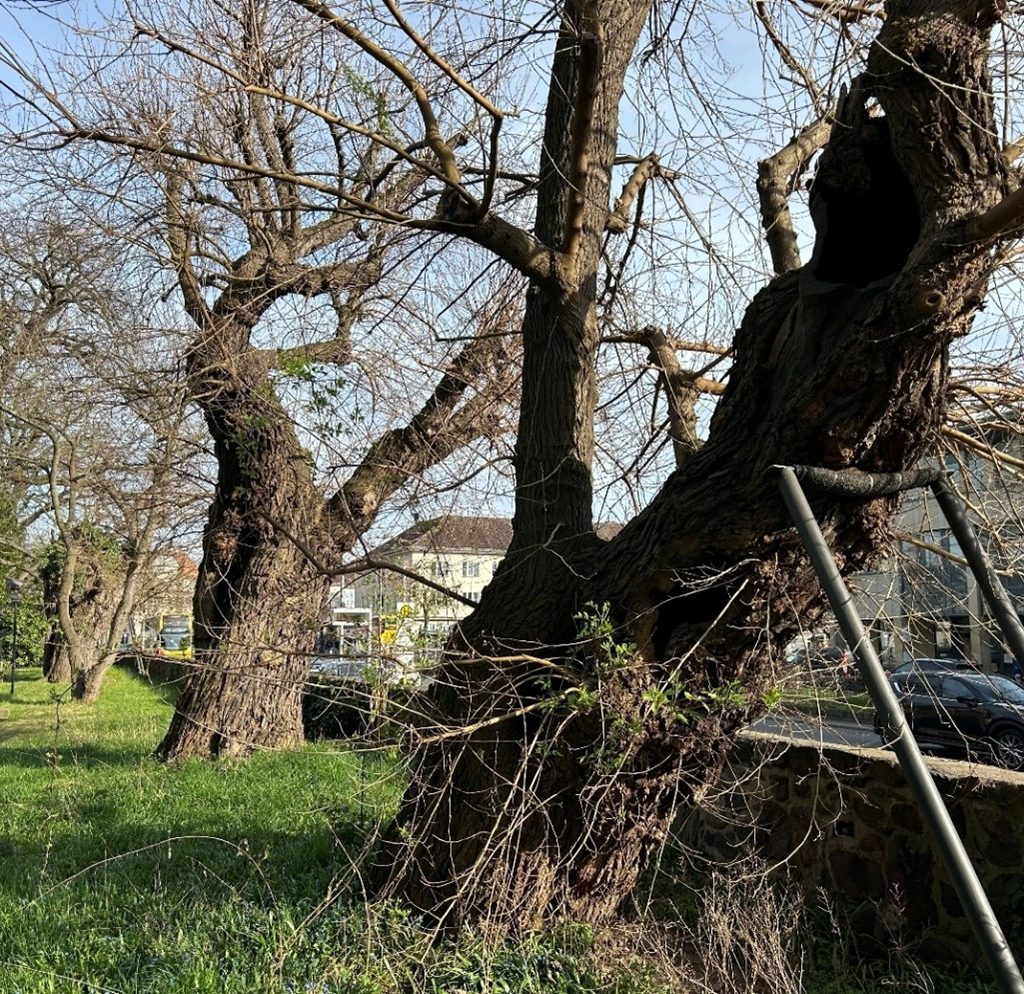
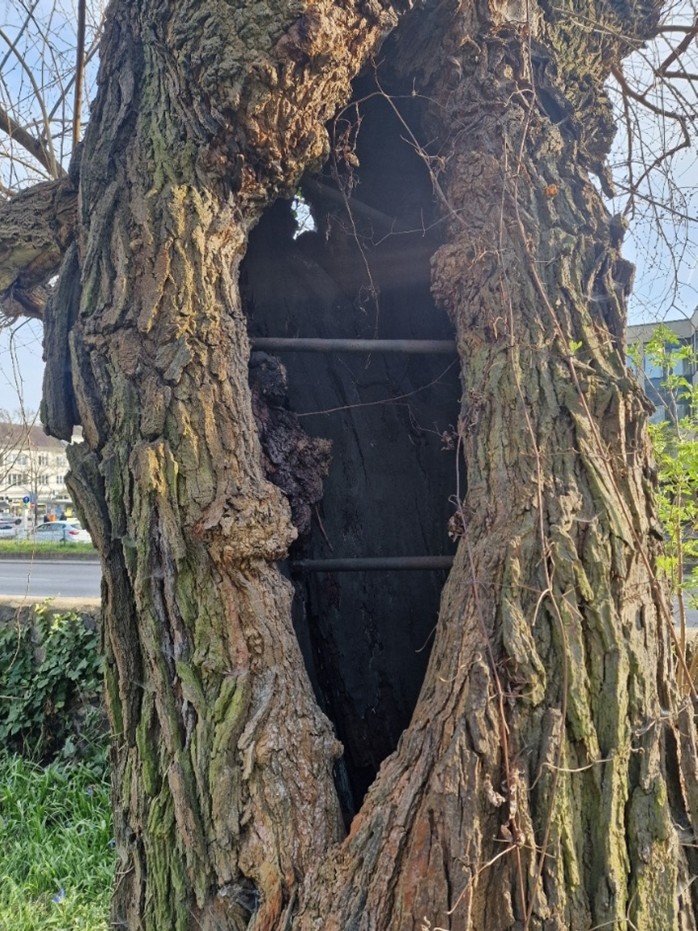
Figure 3, 4: Three majestic mulberry trees in the cemetery of the old village church in Berlin-Zehlendorf, right next to the Museum of local history (Heimatmuseum) at Clayallee, each up to 420 cm circumference, exhibit careful arboricultural measures.
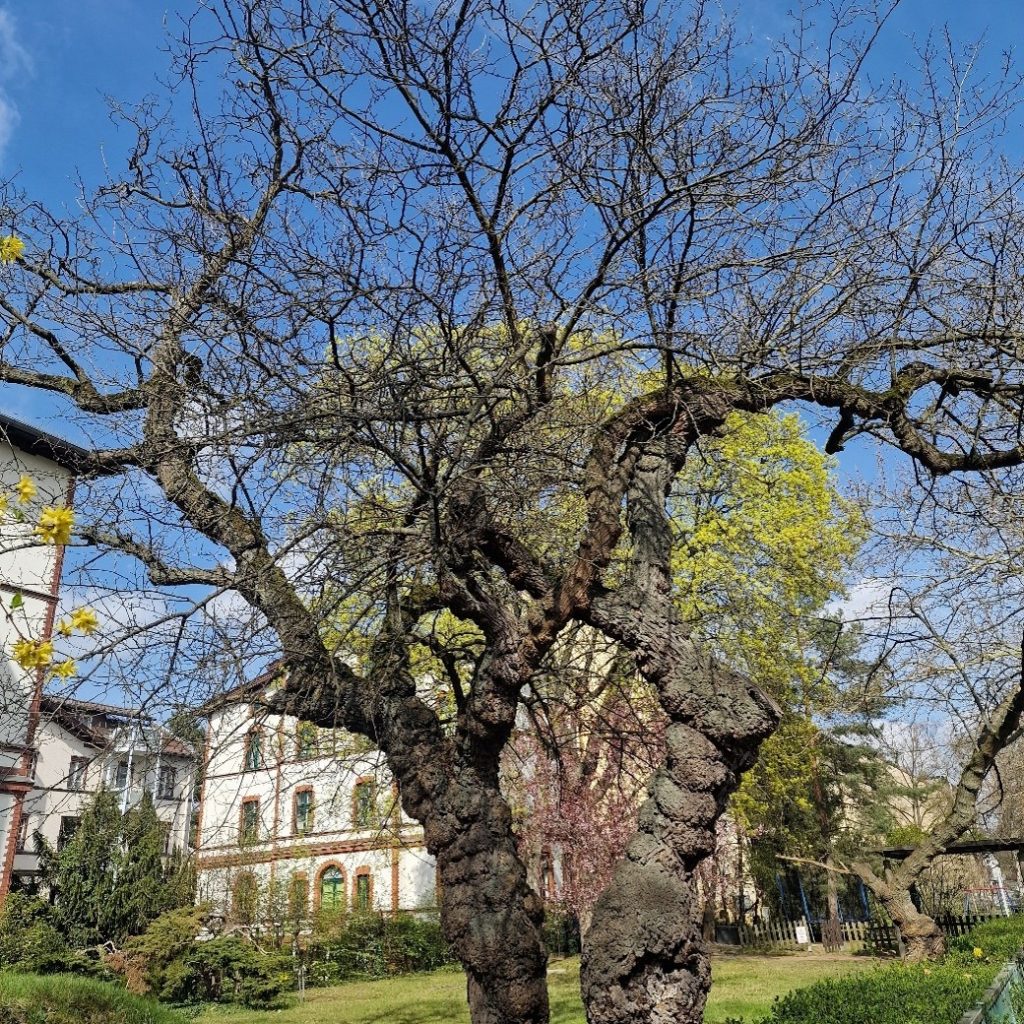
Figure 5: A three-trunked mulberry tree located in a private garden on Morgensternstraße. Its unusual form makes it also a botanical curiosity.
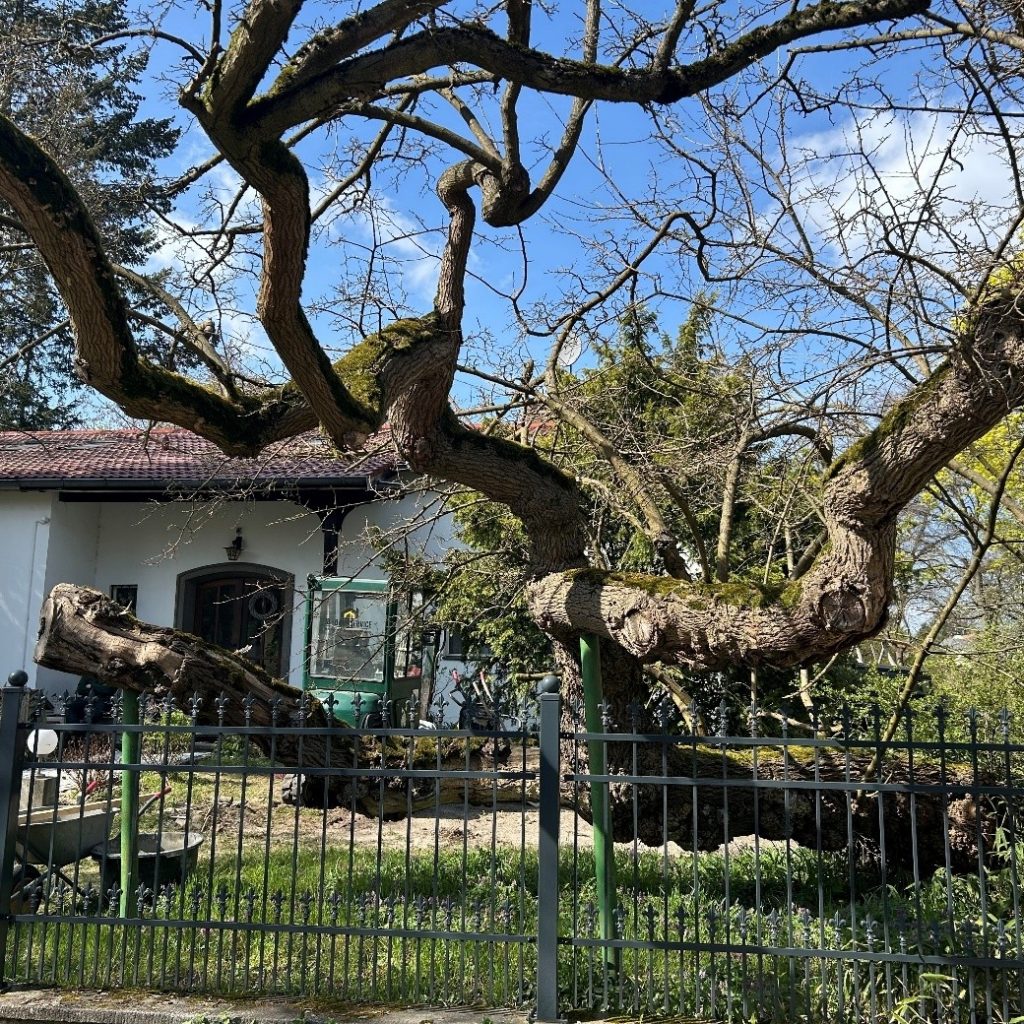
Figure 6: A quirky mulberry tree in a private garden on Karwendelstraße, Lichterfelde, Berlin
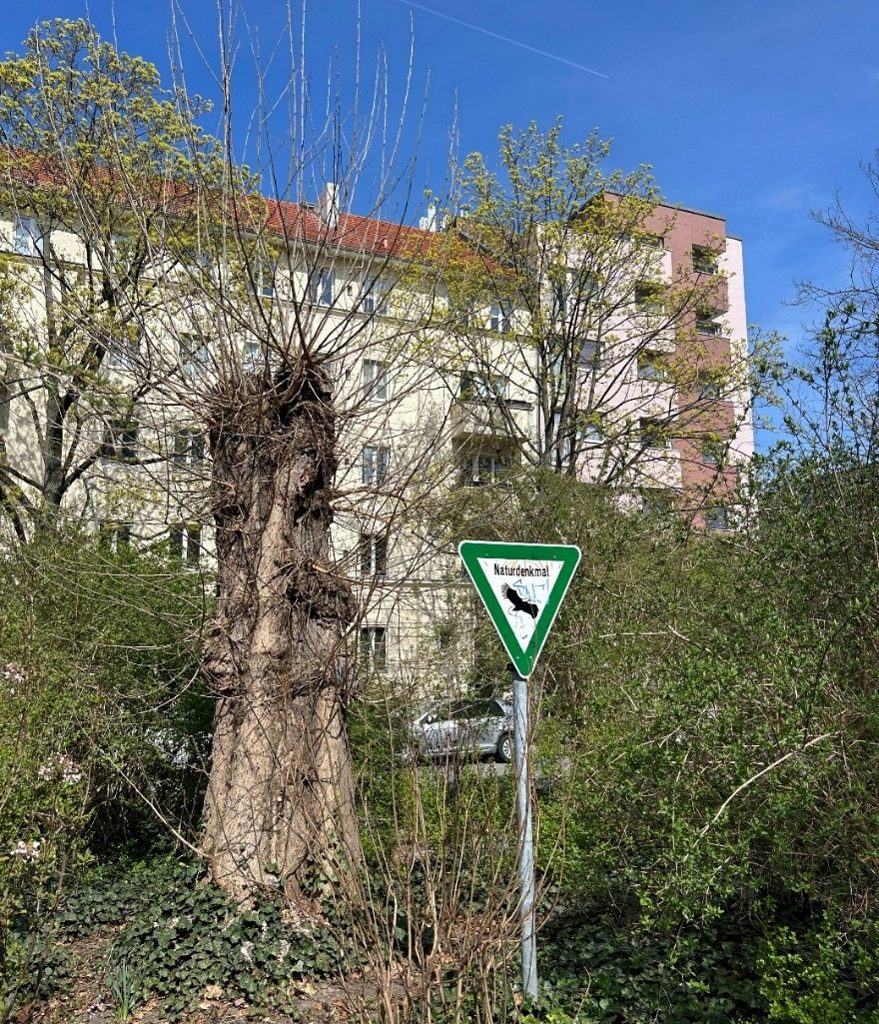
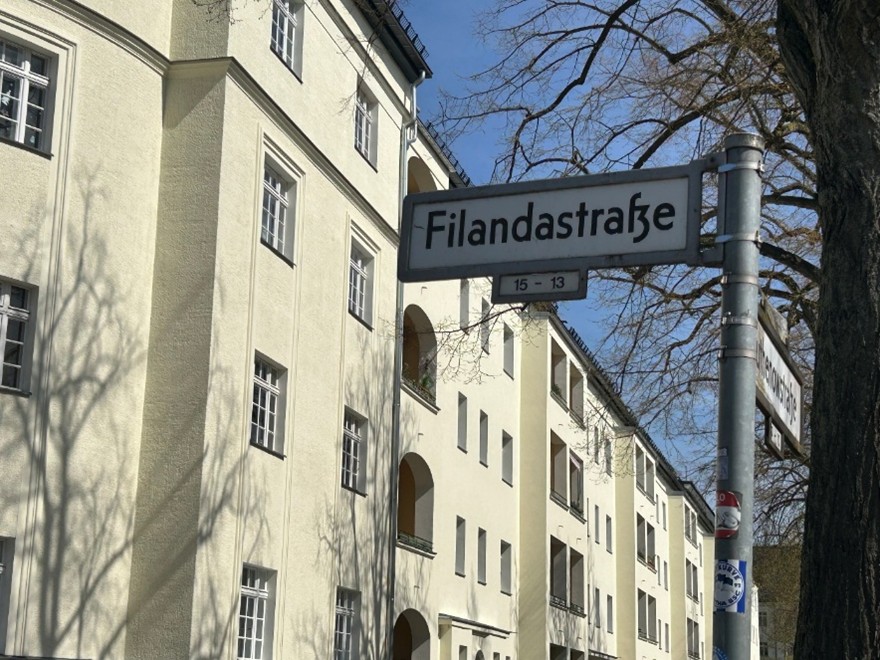
Figure 7, 8: A mulberry tree with a circumference of 280 cm stands on the north side of Althoffplatz, near Filandastraße, bears silent witness to the district’s historical involvement in silk manufacturing.
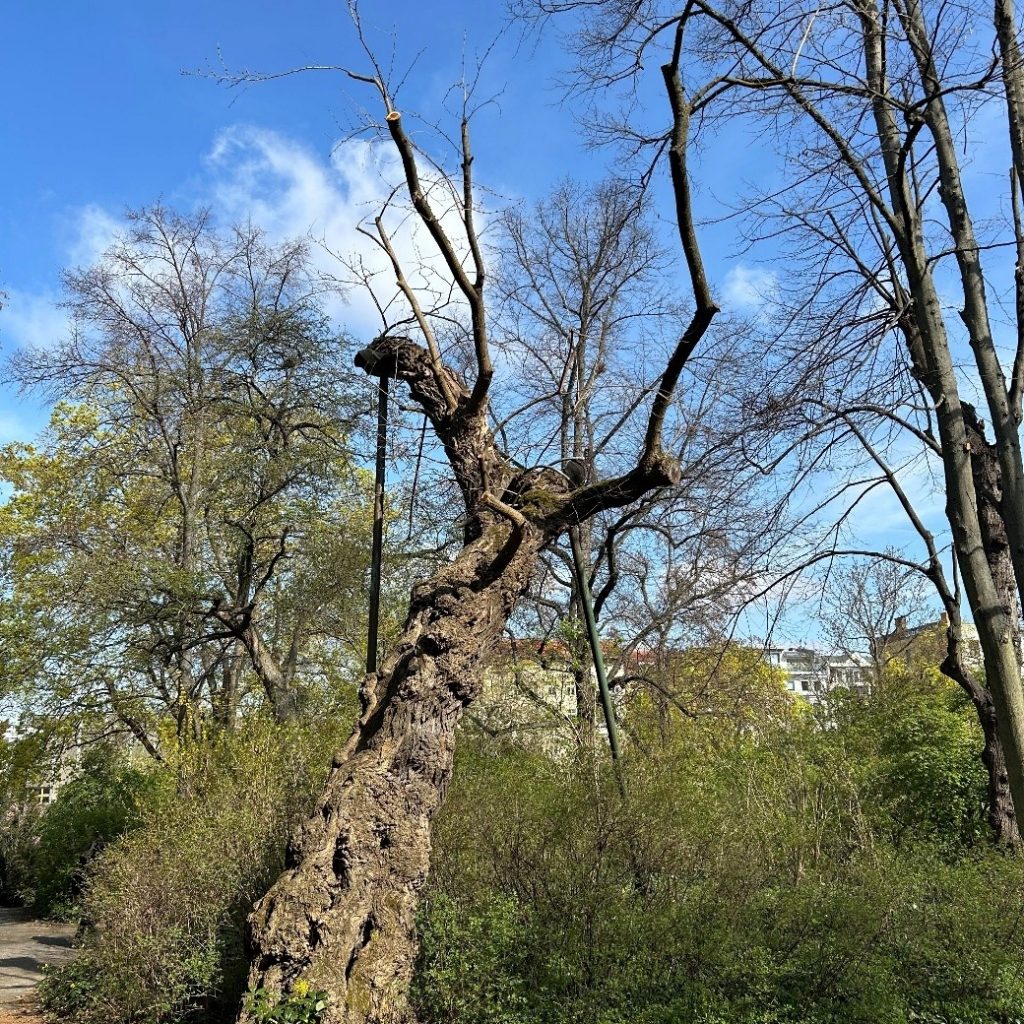
Figure 9: An old mulberry tree with a circumference of 310 cm stands in Victoria Park, near the waterfall, with the visible scars from past pollarding reveal that the branches were once regularly harvested to feed silkworms.
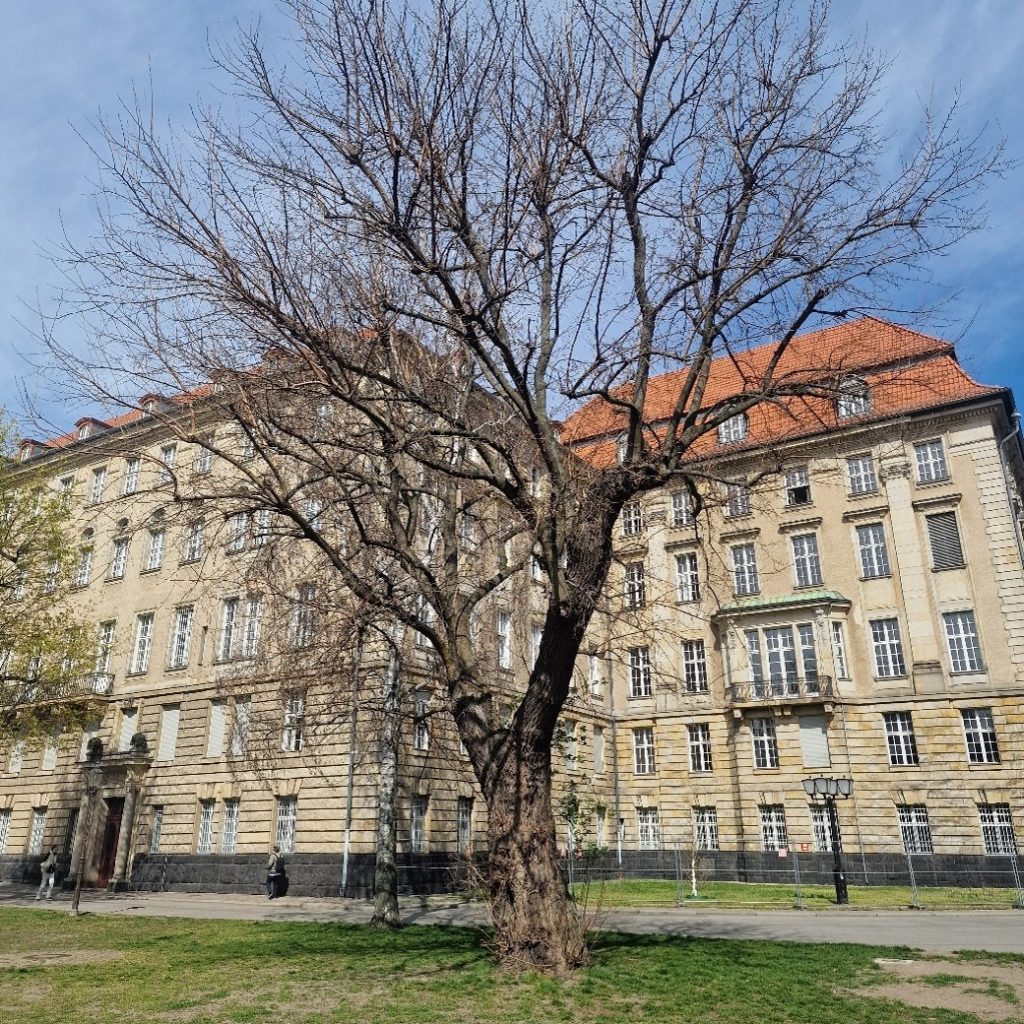
Figure 10: Old mulberry tree (300 cm circumference) at the Heinrich-von-Kleist Park.
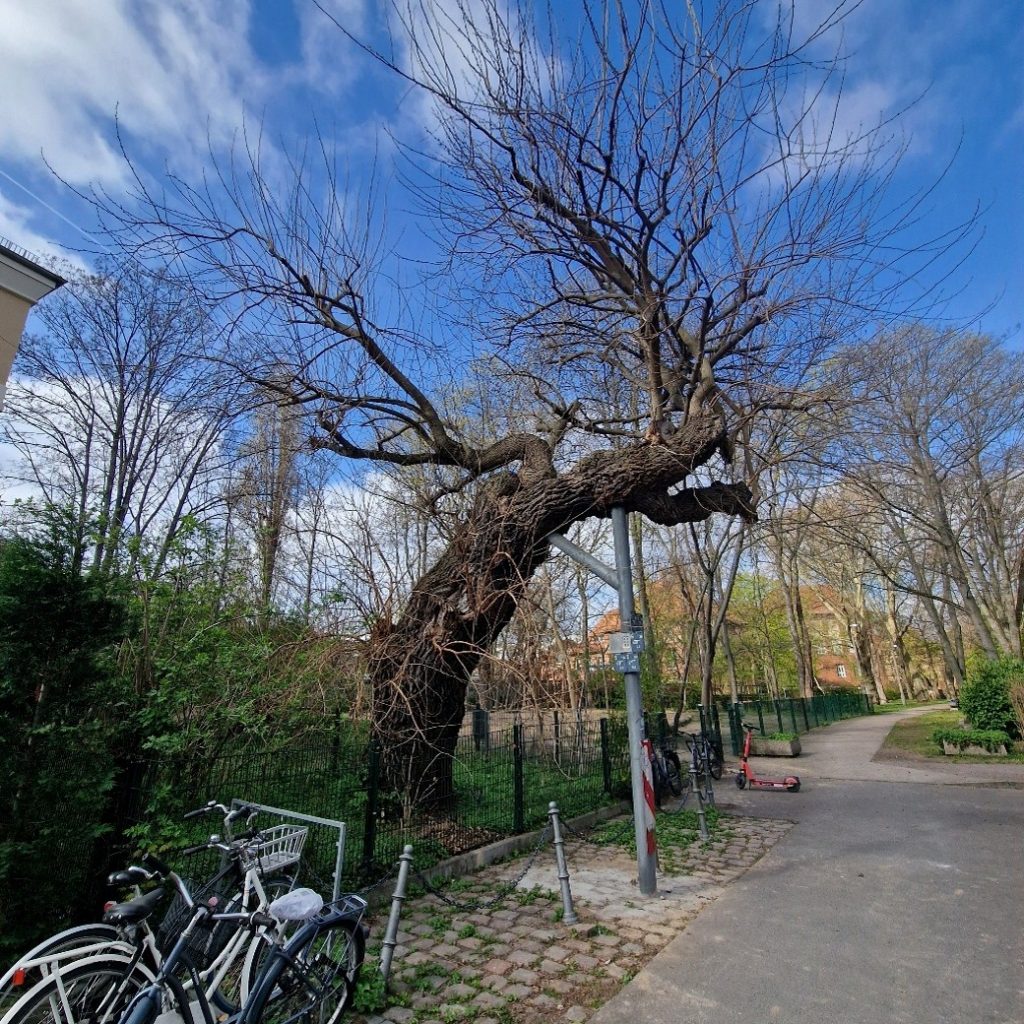
Figure 11: One of the oldest mulberry trees with circumference of 420 cm stands within a public park at Claire-Waldoff-Straße and is believed to have been planted by French Huguenots (Réfugiés) in the late 17th century. In 1687, the site was given to the French community, which established a hospital for the poor and needy; orphanages were added later. The buildings were surrounded by gardens and mulberry plantations. It can therefore be assumed that the tree dates from this period. It was mainly Huguenots who brought the knowledge of sericulture to Prussia and helped to establish it there (read more: The Kinf of Prussia, Frederick the Great, and his silk dream, https://aracneproject.eu/education/the-king-of-prussia/
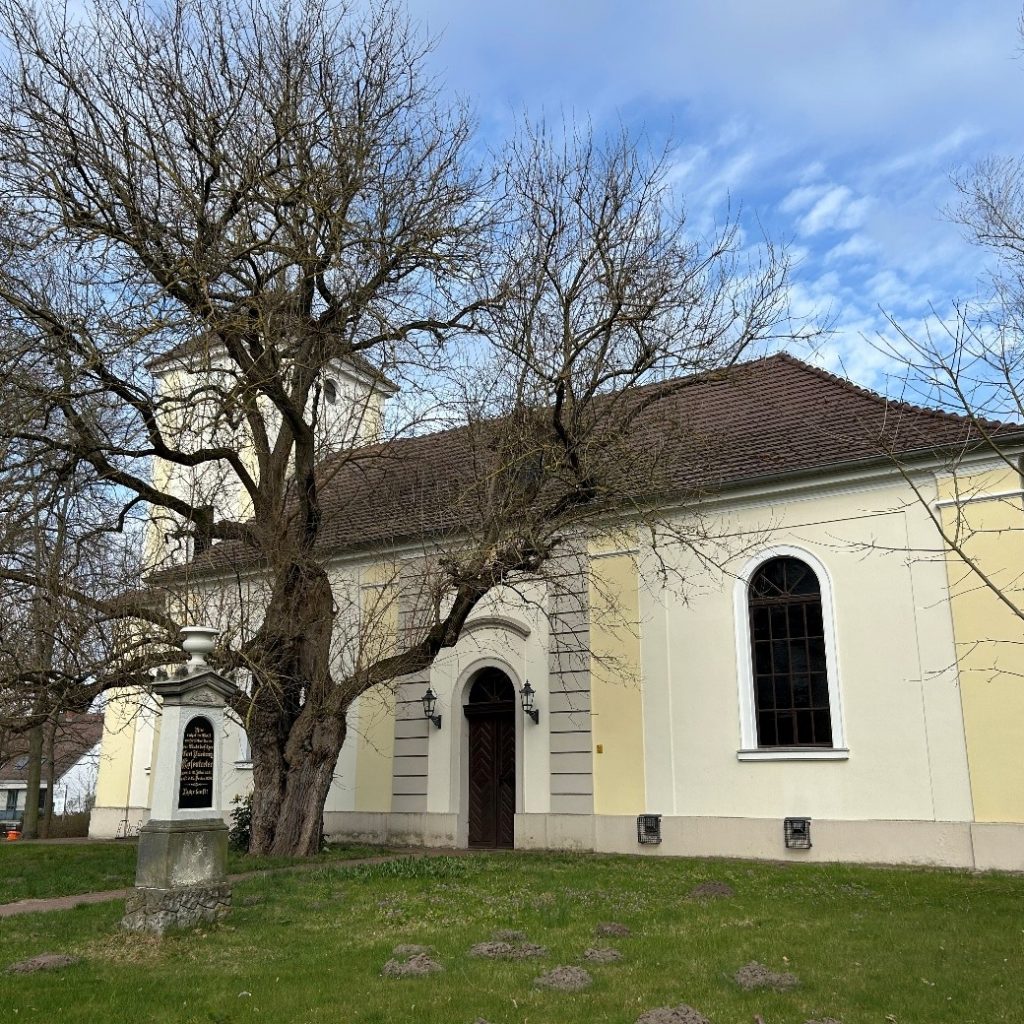
Figure 12: A majestic mulberry tree with a circumference of 390 cm in front of the Alt Lübars Church.
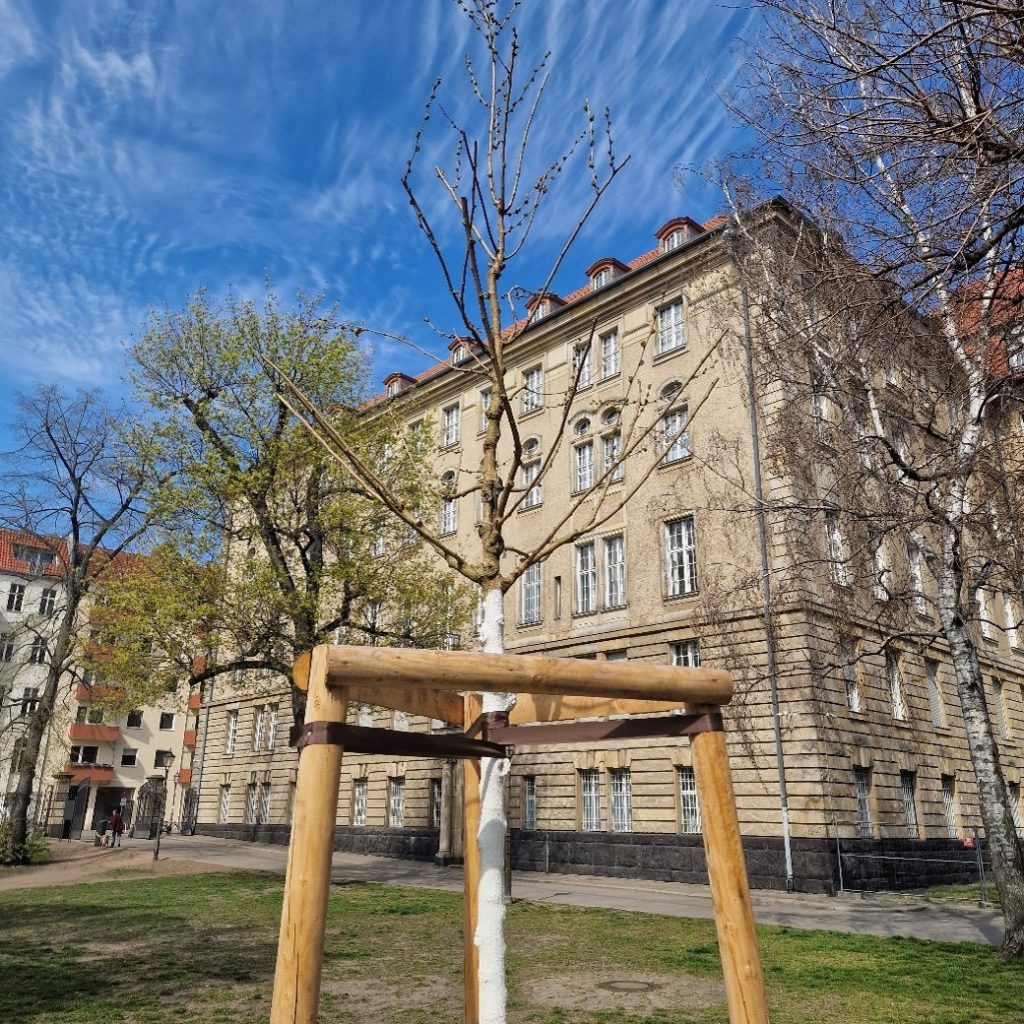
Figure 13: At all the public sites with old mulberry trees that we visited, we could admire young mulberry trees that were recently planted, reflecting the awareness of the importance of trees in the past. This preference impacts the potential for broader integration of mulberry trees into modern landscape planning and conservation efforts.
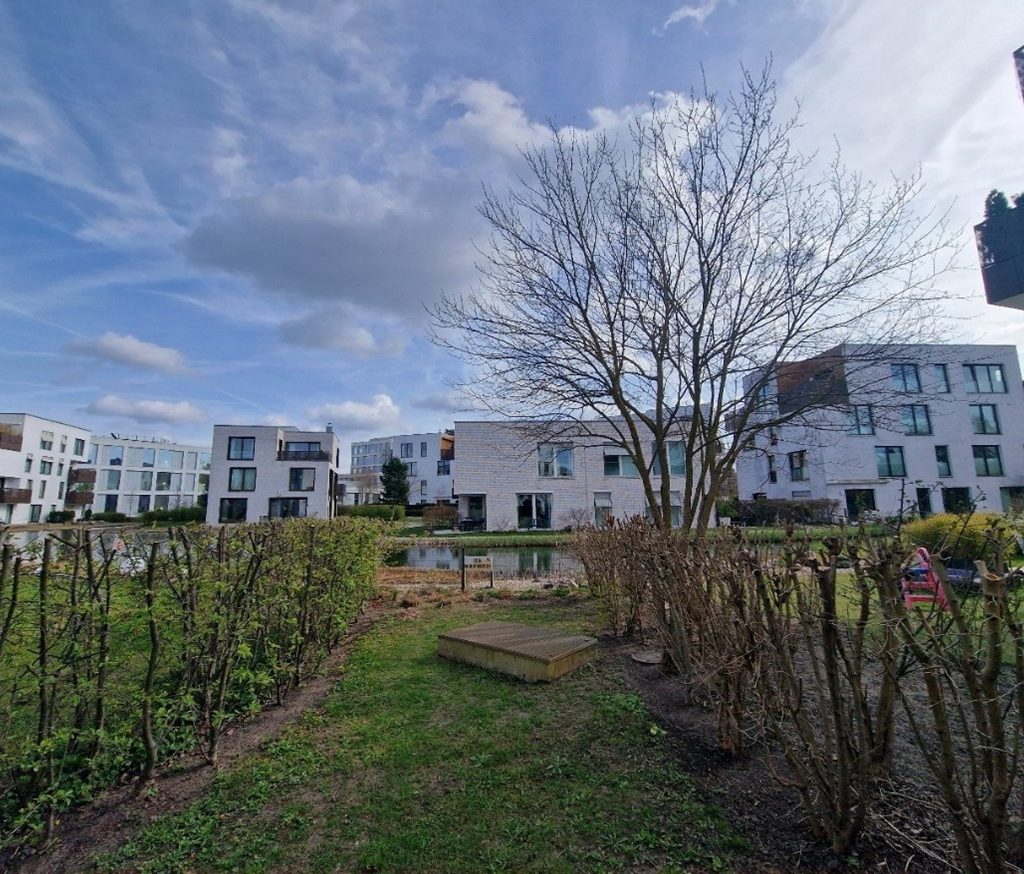
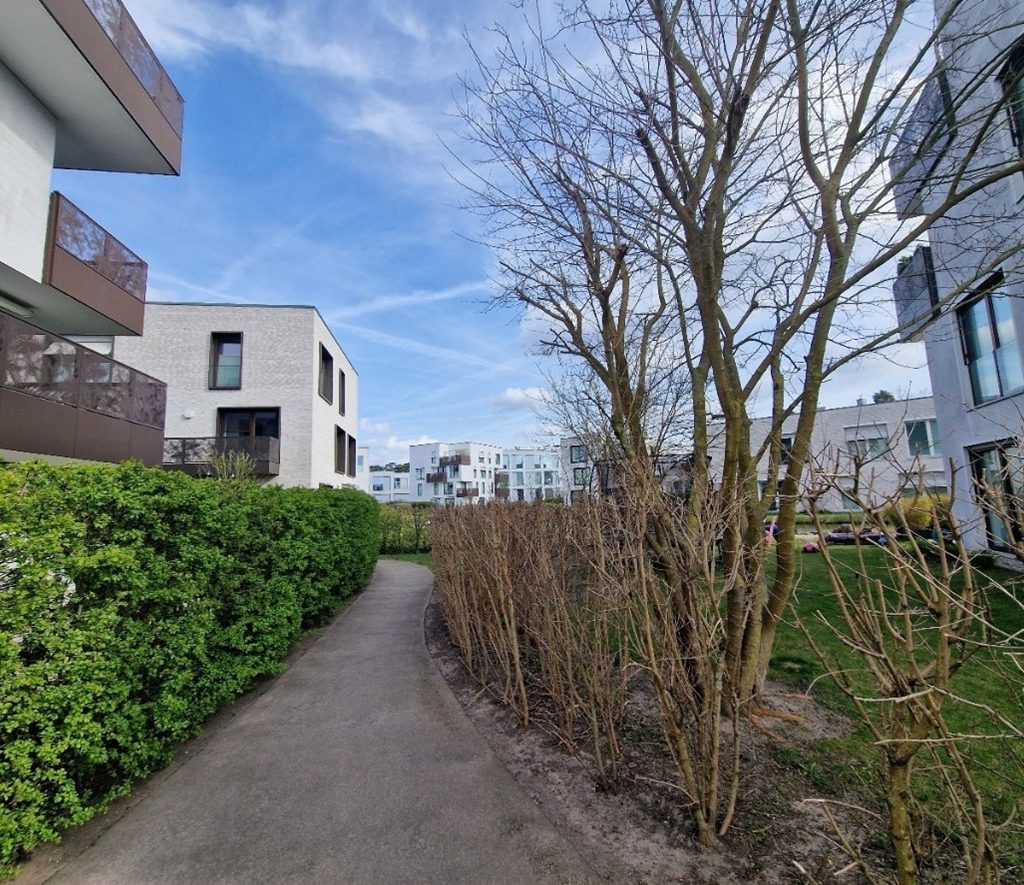
Figure 14, 15: The urban landscaping along Marschallstraße in Berlin showcases an innovative integration of mulberry trees, serving both aesthetic and functional purposes. These trees are strategically planted as solitary specimens and as components of living fences, enhancing the urban landscape while reflecting the area’s historical connection to sericulture. Their incorporation into modern urban design exemplifies a thoughtful blend of cultural heritage and contemporary ecological considerations.
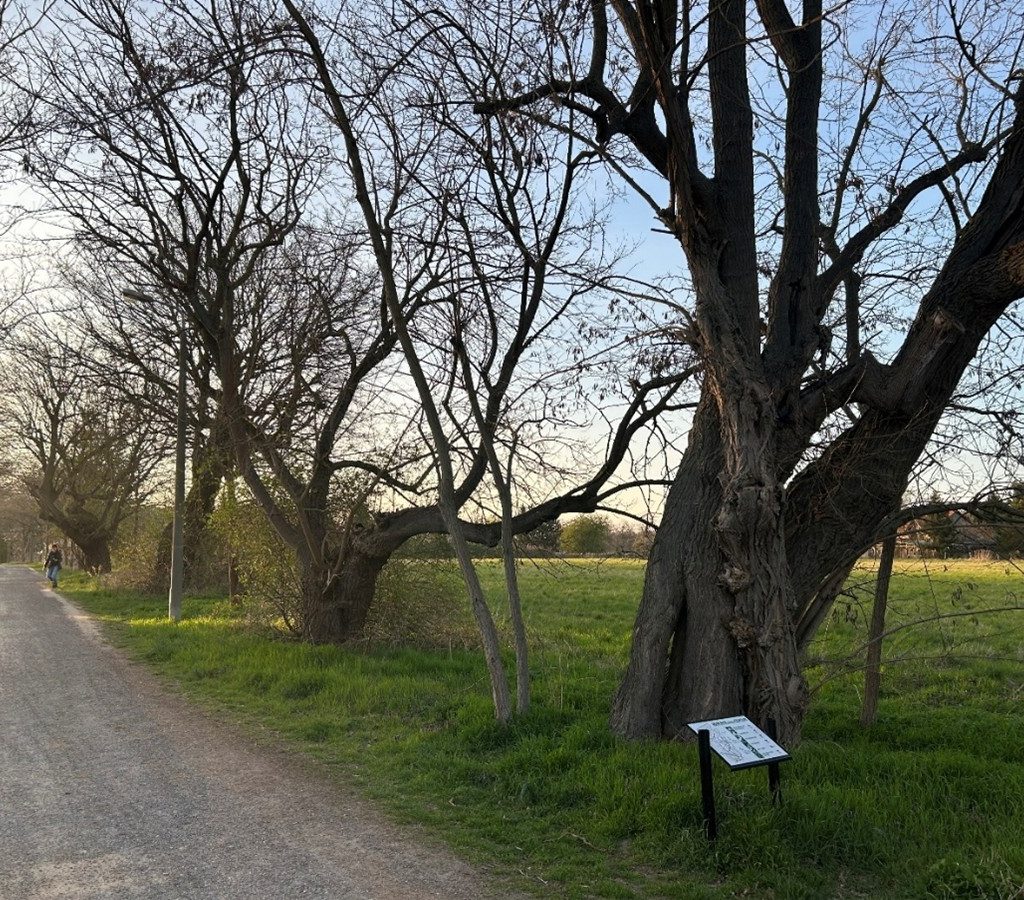
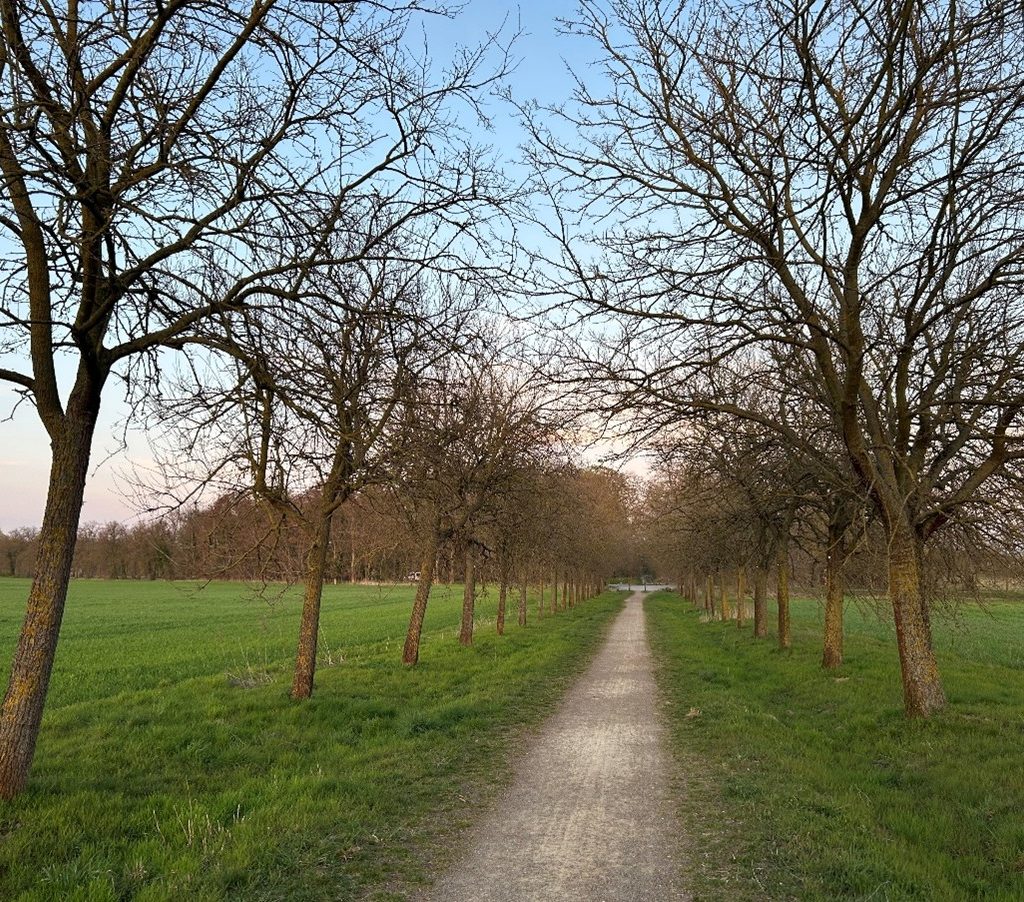
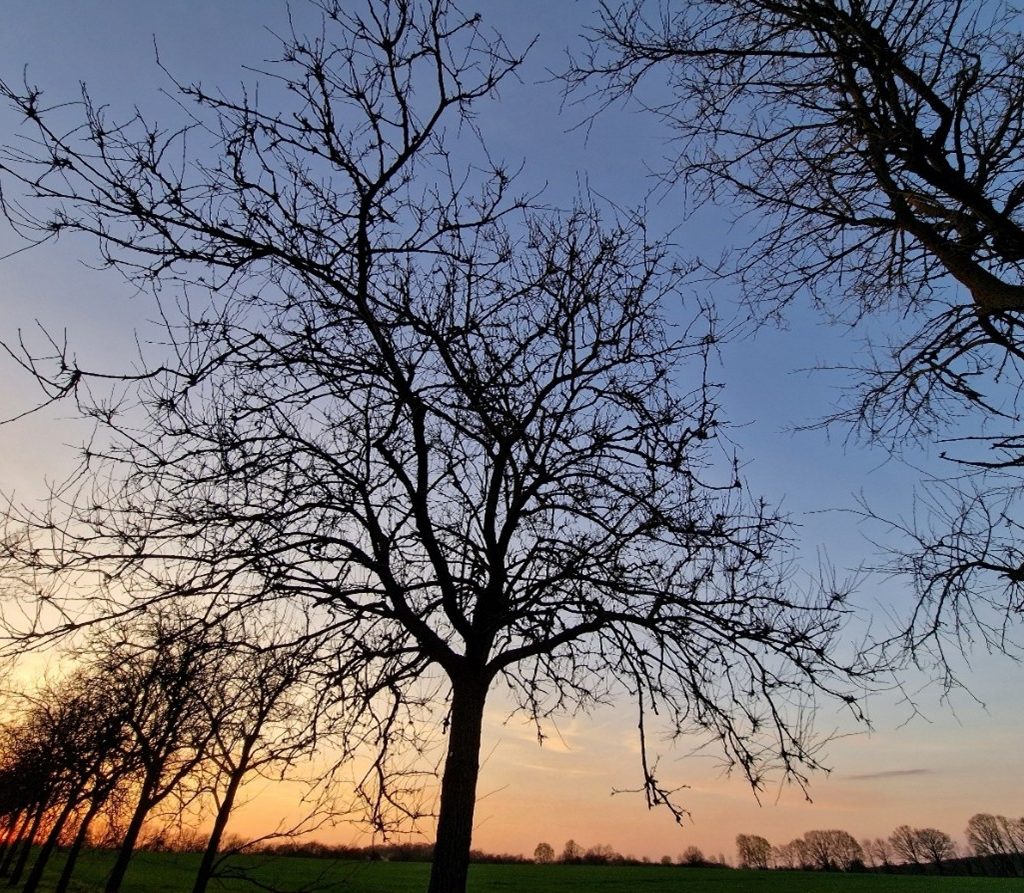
Figure 16, 17, 18: Our evening stop was Bornim, a district of Potsdam, where a remarkable mulberry alley stretches for several kilometers. The oldest trees reach a circumference of 380 cm, while the newer plantings from the 2000s are adapting to unfavourable environment and beginning to produce vital shoots. Although there are few direct records, the alley is a powerful indicator of the widespread initiative in the 18th century to grow mulberries for silkworm rearing.
If you would like to find out more about mulberry trees in Berlin, you can find detailed information and locations e.g. on the Monumental Trees website: https://www.monumentaltrees.com/en/deu-morusalba/berlin/
Read more about the golden era of Prussian sericulture: The King of Prussia, Frederick the Great, and his silk dream, https://aracneproject.eu/education/the-king-of-prussia/)


